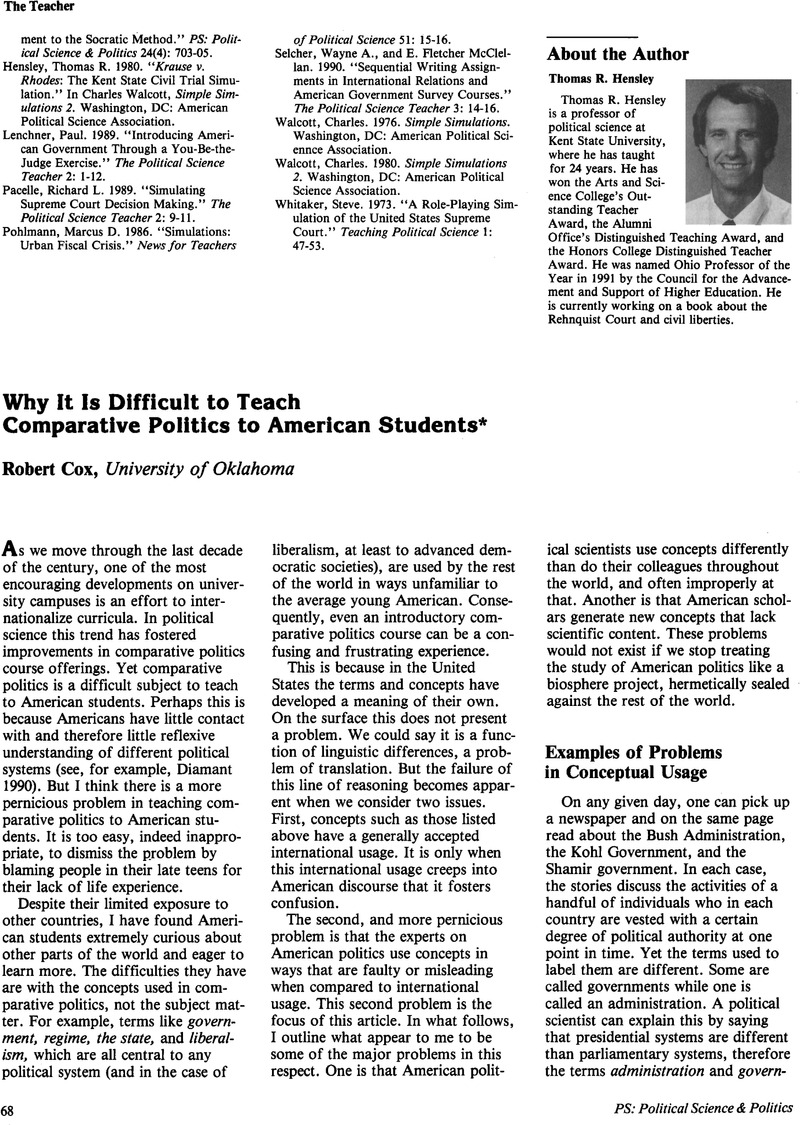Crossref Citations
This article has been cited by the following publications. This list is generated based on data provided by Crossref.
Taylor, Jon R.
2013.
Political Science and Chinese Political Studies.
p.
151.

Published online by Cambridge University Press: 02 September 2013

The author would like to thank Mark Brandon, Gary Copeland, and Luz-Eugenia Köeck-Fuenzalida for their comments on an earlier draft of this article.